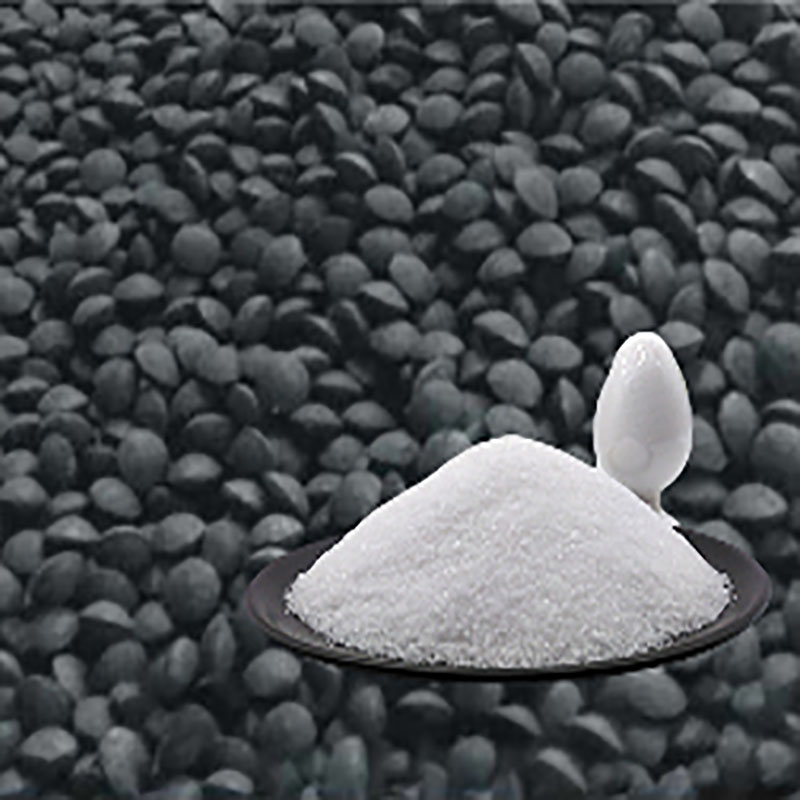The application of polyacrylamide (PAM) in coal washing plants mainly focuses on the following aspects:
1. Flocculant: During the coal washing process, there will be a large number of fine particles and impurities in the coal, such as soil, rock debris, organic matter, etc. As a flocculant, PAM can increase the particle size of these suspended particles, causing them to aggregate into larger flocs, which facilitates settlement and separation, thereby improving coal washing efficiency.
2. Wastewater treatment: Wastewater generated during the coal washing process usually contains high concentrations of solid particles and organic matter. PAM can be used as a flocculant to treat suspended particles in wastewater, causing them to aggregate into larger flocs for easy sedimentation and filtration, thereby purifying wastewater.
3. Slurry dehydration: During the coal washing process, a large amount of coal slime or mud is produced. PAM can be used as a dehydrating agent and added to the mud to increase the solid content of the mud and reduce the moisture content, thereby facilitating subsequent processing and disposal.
4. Coal surface modification: PAM can adsorb to the surface of coal, change its surface properties, improve the flotation performance of coal, and increase the washing effect.
When using PAM, reasonable selection and control need to be carried out according to the specific coal washing process and coal properties. At the same time, according to the characteristics of the wastewater and the target treatment effect, the dosage and treatment conditions of PAM are adjusted to obtain the best coal washing and wastewater treatment effect.

